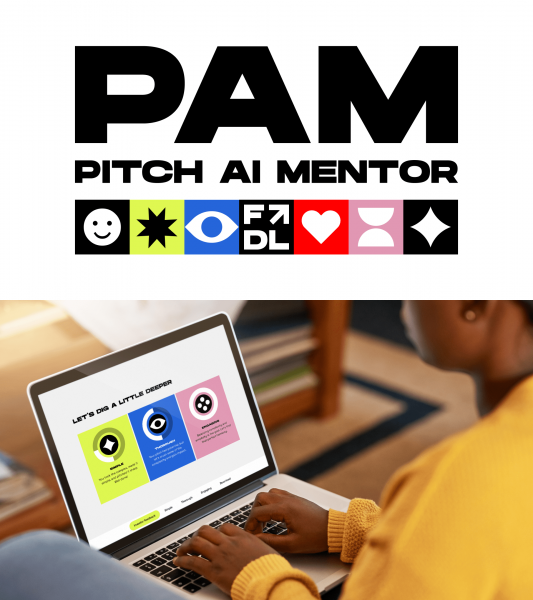
In our digital age, attention is increasingly becoming a valuable commodity. Social media platforms, advertising, and content creation all compete for people’s attention.
While technology has facilitated connections in many ways, there’s also a recognition of its limitations in fostering genuine intimacy.
The shift from attention to intimacy reflects society’s needs for more meaningful connections in an increasingly digital and fast-paced world.
Rebecca Bezzina, CEO EMEA at R/GA and Nicholas Pringle, Chief Creative Officer at R/GA EMEA spoke to Campaign Middle East at Dubai Lynx about developing new brand experiences through the use of Generative AI.
What do you think brands need to do to successfully integrate AI into their digital ecosystems?
The first thing is to make sure that you strategically think about a plan of how you’re going to implement generative AI into the business. It’s working out what the use cases are and how it can best be tested.
One of the important things is if you’ve got clear brand distinction. When that ends up formulating itself into an experience or an interface, you can still make sure that you are being true to the brand in terms of the tone or imagery and how it comes to life. So really making sure you’ve got a clear brand distinction.
The other thing is, how do you think about the brand more as an operating system? We’re moving away from this idea of brands being static to more a living and breathing ecosystem.
It’s how you’re training the brand to make sure that it comes across with your right tone and manner and behaviour, because that distinction is what makes brands stand out and you will need to think about that when implementing generative.
How can brands better leverage AI technology to amplify creative impact?
AI technology represents quite a few exciting opportunities for creatives and brands that embrace creativity. We can see how we can rapidly get our ideas expressed.
The clients share with consumers to see what sticks, to see what’s interesting. So that path of having a concept and being able to deliver it in quite a sophisticated way that can be tested or in some cases gone to market has really collapsed.
That means we’re quicker, we’re faster, we can test more things, try more creative things. Ideas, which is a lovely thing. I think there’s another piece with the change of AI particularly, you can start creating work in real time, at scale. It’s that ability for us to have it at vendors.

Your talk showcased a demo of how a brand like Nike could potentially adopt this ‘intimacy’ approach to AI – how far off do you think we are before this is a reality for brands?
It’s hard to sort of put an exact time frame on it, because the technology is changing so rapidly and so fast. I think we are talking about a few years, maybe less in reality.
We’re already seeing a few examples of brands or products that are integrating AI chat into their products to kind of give this more human, more interesting and rich personal interface. So to go from there to something which I do think is a bit more sophisticated, which is your brand delivered through AI.
Some of the more progressive ones will get there because it’ll be a critical part of their service. And then that will set a new service expectation for consumers and other brands will rapidly try and catch up.
How is R/GA working with its clients around AI and what are the big challenges and opportunities you’re seeing?
The first one is internally, how we’re using it to be accelerant to the creative process. So how we get to ideas quicker or visualise things in the creative process. We’re seeing that both internally within our agency and business, as well as our clients.
Then it is what our clients is thinking about it and how we’re developing experiences that we can take to market.
A great example of this is a Pitch AI Mentor we’ve built for our client Founderland, called PAM – created to help female founders of colour hone their VC pitches to increase their chances of getting funded.
That’s bringing a service to life in a way that we haven’t been able to before. The other area we will see a lot of this is with content.









